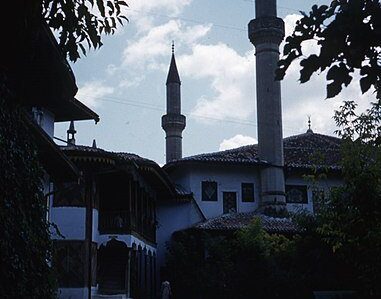(Central Asian Survey) This article aims to provide a more complete and dynamic account of the legal framework that underpins religious regulation in Central Asia from independence in 1991 through 2018, focusing on Kyrgyzstan, Tajikistan and Uzbekistan. In contrast to existing approaches that rely on a few key laws, high-profile events or secondary sources, our analysis includes the entire body of legal documents available in government digital legal data repositories. We find that although these three Central Asian states’ approach to religious regulation has become more repressive over time, they have done so at very different paces and to very different degrees. While they have all increasingly restricted religious belief and practice that falls outside state-approved interpretations of Islam, the turn towards criminalization was much quicker and more blatant in Uzbekistan than in Kyrgyzstan and Tajikistan, and has been much more absolute in Uzbekistan and Tajikistan relative to Kyrgyzstan.











